Expert care and support for a safe, smooth cesarean delivery.
A cesarean delivery (C-section) is a surgical procedure used to deliver a baby through incisions in the mother’s abdomen and uterus. It is often performed when a vaginal delivery is not possible or safe for the mother or baby. While C-sections are generally safe, they are typically considered when complications arise, such as fetal distress, breech positioning, multiple pregnancies, or previous C-sections.
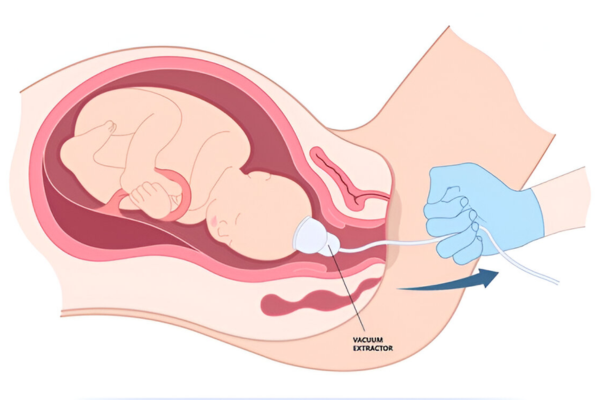
Cesarean delivery offers a safe and effective alternative to vaginal birth, especially in medically complex or high-risk situations. It provides control, reduces risks in specific conditions, and ensures timely delivery when emergencies arise. With advancements in surgical techniques and recovery care, C-sections have become a reliable option for many expectant mothers.
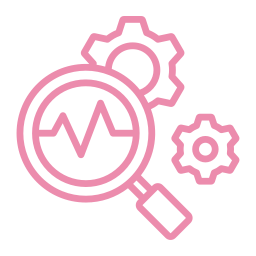
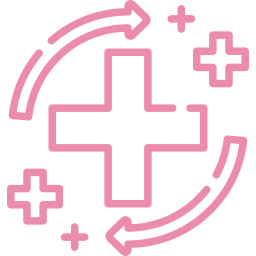

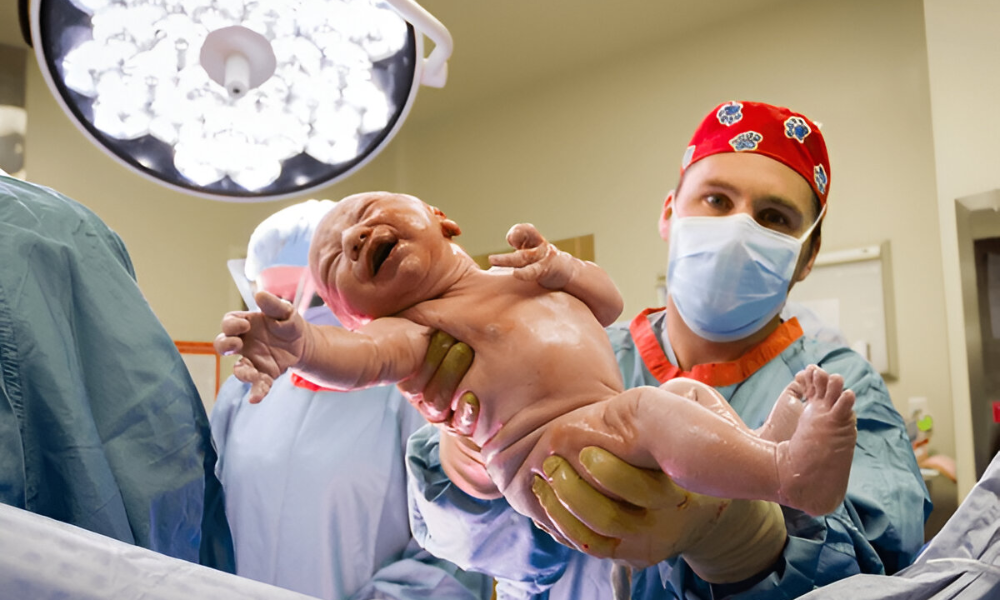
The mother is prepped for surgery, which includes administering anesthesia , inserting a catheter, and cleaning the abdominal area.

A horizontal incision is made in the lower abdomen and uterus, through which the baby is gently delivered by the surgical team.
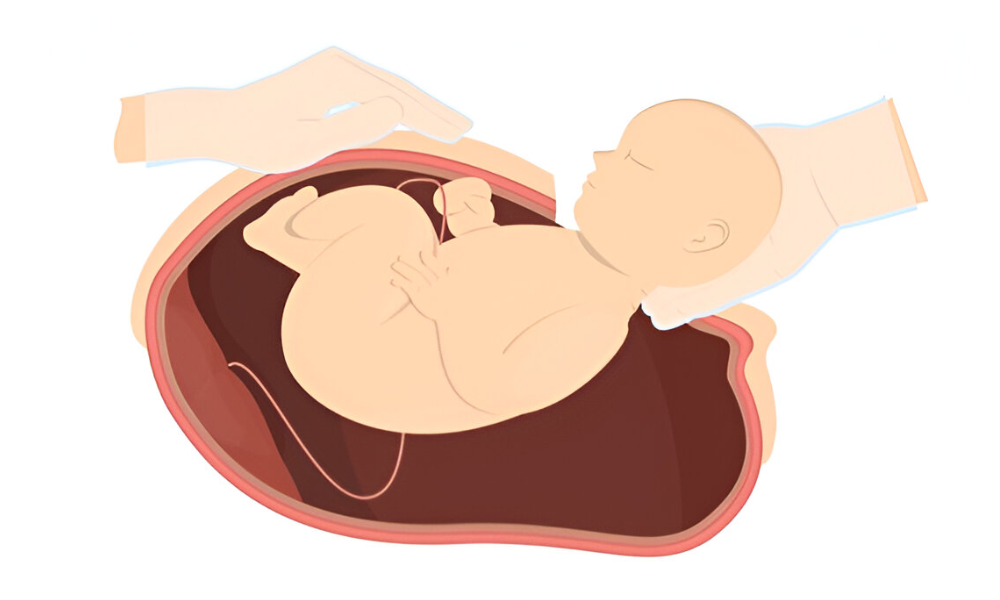
After the baby is born, the placenta is carefully removed from the uterus to prevent bleeding and ensure the uterus is clear.
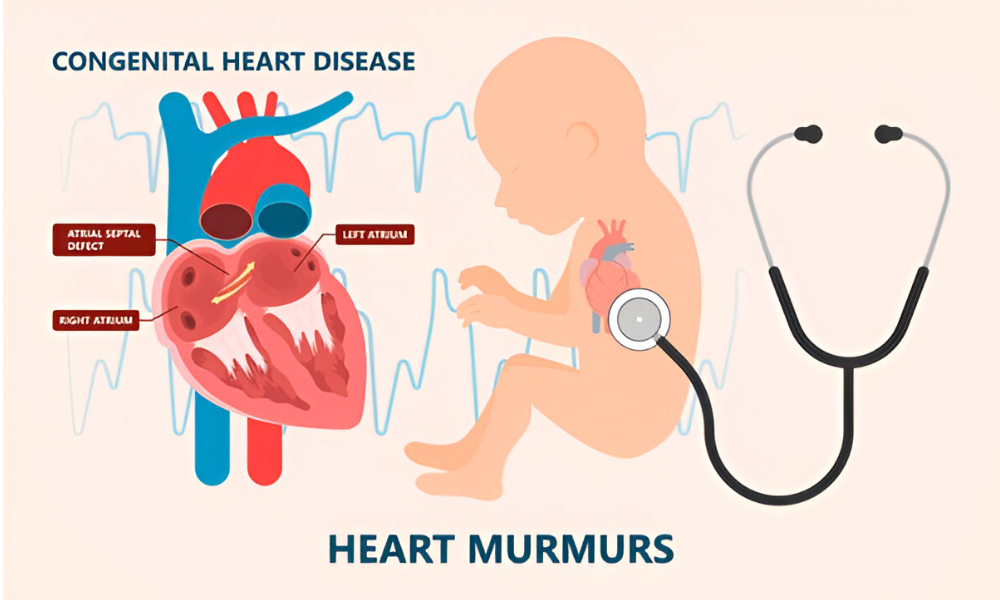
The uterus and abdominal layers are sutured in multiple layers, and the incision is closed using stitches or staples, followed by recovery room observation.
Cesarean delivery, or C-section, is often recommended when complications arise that make vaginal delivery unsafe for the mother, baby, or both. It is a life-saving procedure in many cases, and the decision is made based on a thorough evaluation of both maternal and fetal health.
When the baby experiences distress during labor—often detected by abnormal heart rate patterns—a C-section may be necessary to prevent complications. This ensures the baby is delivered quickly and safely, minimizing the risk of oxygen deprivation or other issues.
If the baby is positioned feet-first (breech) or lying sideways (transverse), vaginal delivery becomes risky. A cesarean delivery allows for a safer birth, avoiding potential injuries that may occur if the baby cannot move into the correct position naturally.
Conditions like placenta previa (where the placenta covers the cervix) or placental abruption (premature separation of the placenta) can cause severe bleeding and endanger both mother and baby. A C-section allows for controlled delivery in such high-risk situations.
In twin or higher-order pregnancies, a vaginal delivery might be unsafe due to positioning or complications with one or more of the babies. Cesarean delivery ensures a safer and more controlled birth experience for all involved.
Women who have had a previous cesarean may be advised to have another due to risks associated with uterine rupture or scar complications during a vaginal birth. In such cases, a planned repeat C-section is often the safest approach.
Recovering from a cesarean section involves careful monitoring, effective pain management, and gradual physical activity to support healing. Hospital stay usually lasts a few days, during which vital signs, incision healing, and comfort are closely watched. Postpartum support, including emotional care and breastfeeding guidance, plays a key role in a smooth recovery.
A cesarean delivery is a surgical procedure used to deliver a baby through incisions made in the mother’s abdomen and uterus.
A C-section may be advised in cases of fetal distress, breech presentation, multiple pregnancies, previous cesarean, or complications that make vaginal delivery unsafe.
Yes, recovery typically takes longer—around 4 to 6 weeks—with a few days of hospital stay and restricted physical activity post-surgery.
We're here to provide answers to any questions you have about our services, treatments, or fertility care. Your health and comfort are our top priority, and we're ready to guide you every step of the way.